Spring in the Smokies
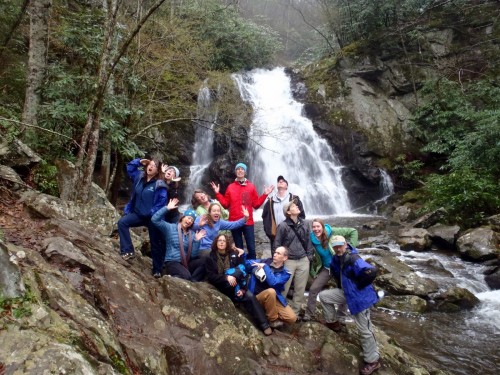
I recently had the opportunity to join Megan McGinty, North Cascades Institutes’ Climate Challenge Program Coordinator, in Great Smoky Mountains National Park for a meeting with representatives from several other environmental learning centers that will all be offering trainings this summer on how to teach climate change in the classroom. The meeting was hosted by Great Smoky Mountains Institute at Tremont, which is located near Cades Cove in the national park. The meeting included representatives from NatureBridge’s Headlands Institute (Golden Gate Natural Recreation Area) and Santa Monica Mountains Institute (Santa Monica Mountains National Recreation Area), as well as from Will Steger Foundation/Mississippi National River and Recreation Area, all of which will be leading teacher trainings over the summer.
The trainings are being sponsored and supported by the National Park Foundation’s Parks Climate Challenge program. In addition to the meeting being a great opportunity for me to learn more about the trainings that will assist roughly 120 teachers in effectively teaching their students about climate change in the context of our national parks, I was also able to learn more about the different national park-based environmental education organizations and how they share their natural resources with students. While at Tremont, we had the opportunity to observe students participating in their school program, as well as participate in a citizen-science phenology plot activity, studying where different plants are in their seasonal life-cycle.
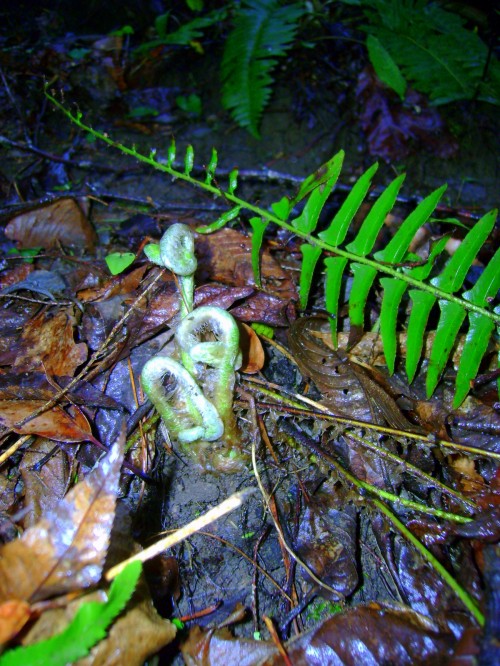
Fiddleheads beginning to unfurl
This visit was also a great trip down memory lane for me, as I did a Student Conservation Association term as a Resource Education Intern in Great Smoky Mountains National Park in 2006. Having only been there for the summer, it was both a great chance for me to see the park during a different season, as well as revisit an ecosystem that is very different from the North Cascades one that I am currently immersed in. Although there was not much time for poking around, I did try to take advantage of our brief excursions outside to see what I could find, and compare it to the upper Skagit valley.
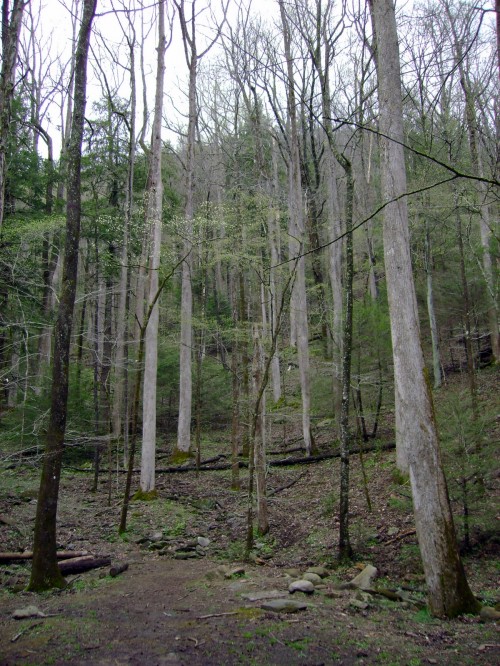
Grove of old-growth tulip poplars
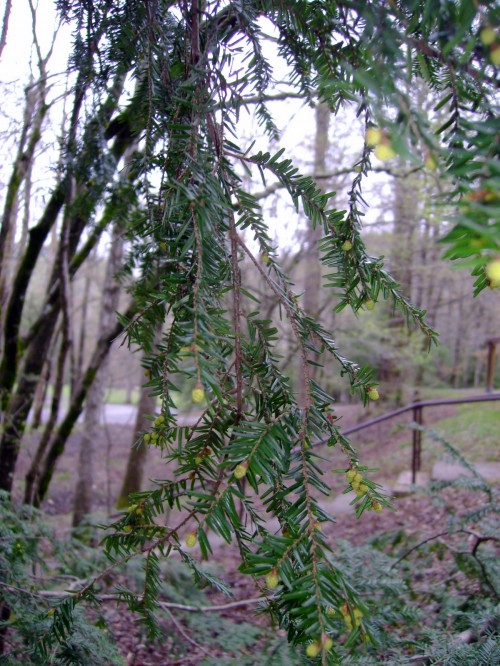
Eastern hemlock, cousin of the northwest’s western hemlock
It was neat to identify siblings of Pacific Northwestern plants and fungi that I am familiar with, eastern hemlock, rhododendrons, dogwood, and witch’s butter.
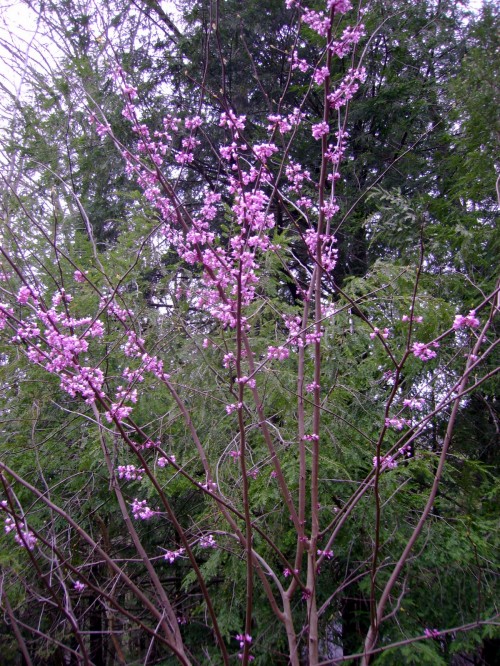
A redbud added some bright color to the forest
One of the highlights was an evening foray for salamanders. Great Smoky Mountains National Park is renown for its biodiversity (it has the highest diversity of organisms of all American national parks), including its salamanders. We poked around under logs and ephemeral ponds, trying to find some of these squirmy creatures. We chanced upon a red-backed salamander, lots of juvenile red-spotted newts swimming in the pond, as well as frog and salamander egg sacks, including one that was a coiled curl. For me, the highlight of the evening was getting to hear spring peepers and crickets. A healthy chorus of evening crickets is one of the few things this Midwestern native misses in the Northwest.
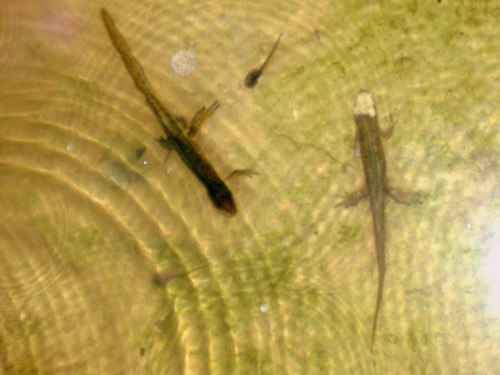
Juvenile red-spotted newts
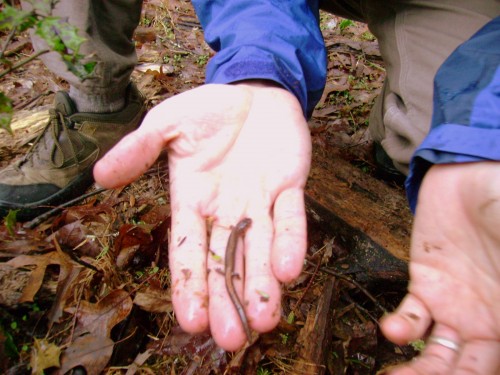
A Tremont staff member shows us a red-backed salamander
Although I appreciated the opportunity to visit the Smokies and experience their further advanced springtime, as I drove back up Highway 20 on my way home, I was thankful that North Cascades is the national park I call home. The spectacular mountains that provide the backdrop for this amazing region are where I find my sense of place, and I would not be anywhere else. As I finished my drive to the Learning Center through a layer of April Fools slushy snow, I had to chuckle, and reveled in the knowledge that there is time yet for another beautiful blanket of snow.
All photos courtesy of the author.

Hey Kate, Great to hear about this trip, and glad it was worth it to party with those folks from Tremont, Headlands and Santa Monica, and Stegner Foundation. And share curicula too, of course. I miss those black-throated green warblers.